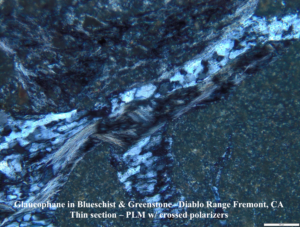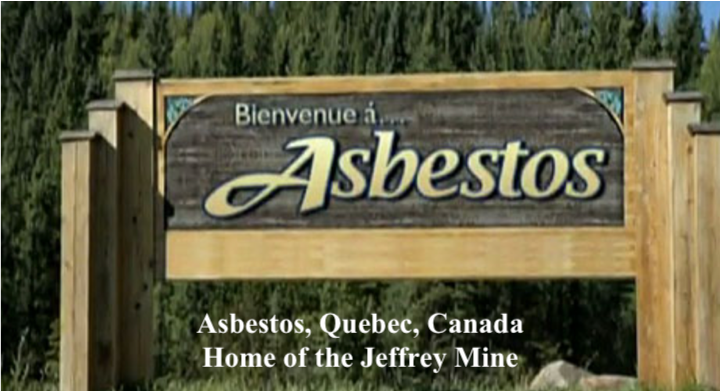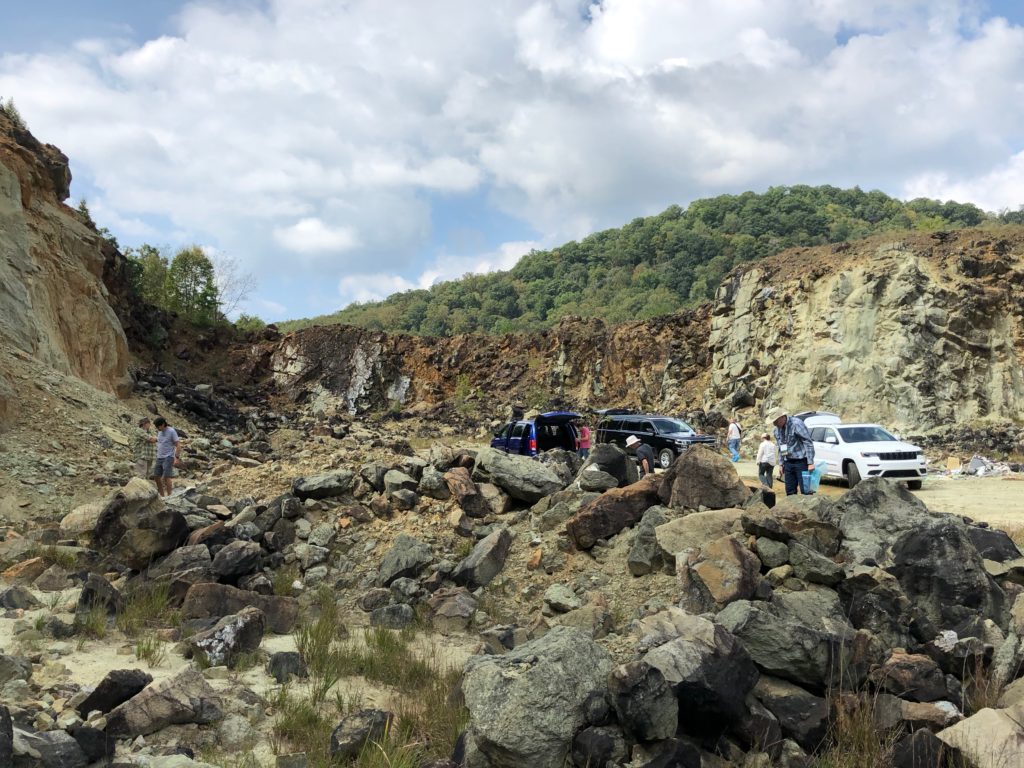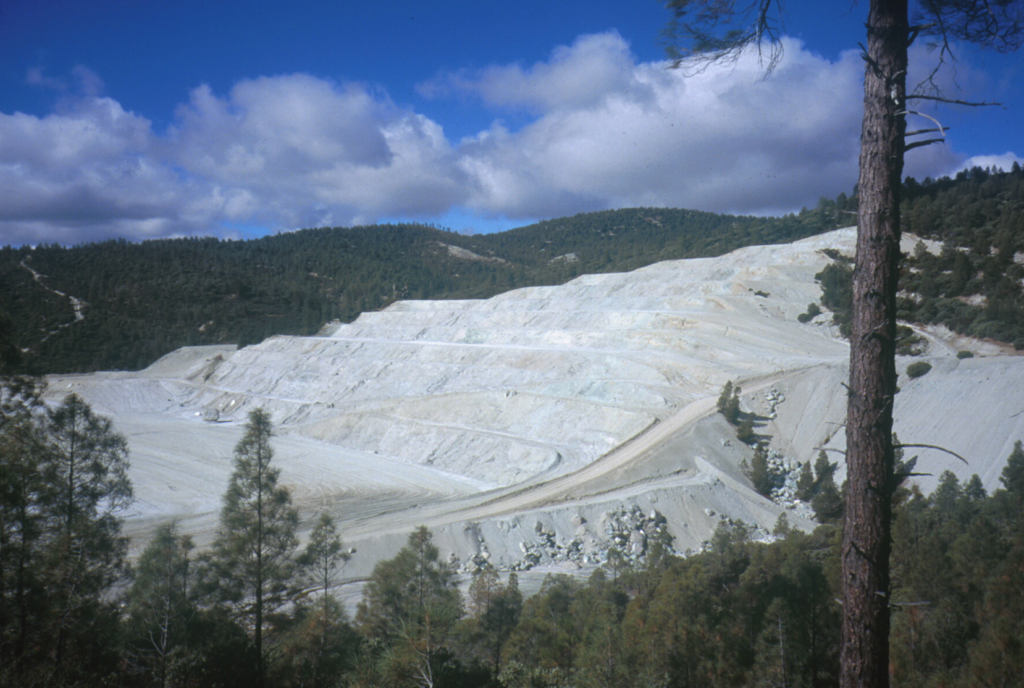NOA and EMPs are found worldwide

What is NOA? Asbestos is a mineral found in mafic & ultramafic rocks across the US & around the world
- Mafic (igneous & metamorphic: high in Mg & Fe)
- Ultramafic (igneous & metamorphic: high in Mg & Fe, low in silica)
Asbestos is currently mined in Russia & China and exported to developing countries. Thailand is reportedly a top importer of asbestos for use within building materials.
Asbestos was previously mined in many countries including:

- USA (mining ceased in 2002)
- Canada (mining ceased in 2010)
- Brazil (mining ceased in 2017)
- South Africa (mining ceased in 2008)
California:
Serpentine was named the State rock of California in 1965 due to its geographic prevalence throughout the State and importance of its source for asbestos, which was heavily mined in parts of California. At least 19 other US states have outcrops of mafic & ultramafic rocks. California has developed strict regulations on the use of asbestos-containing rock for surfacing material, emissions of asbestos fibers in air during construction projects, and specific analytical methods for the quantification of asbestos in bulk samples of rock and soil.
Asbestos Mining
Asbestos was mined in the United States from ~1894 until ~2002 for use in building materials commonly referred to in the abatement industry as “manufactured asbestos.” The last asbestos operation in the United States, reportedly the Joe Pit of the KCAC chrysotile mine (San Benito & Fresno Counties, California), closed in 2002.
Eastern United States:
Asbestos and EMPs are found in the Eastern portion of the United States along the Appalachian Mountain Range, formed similarly to NOA and EMPs along the Western portion of the US – due to subduction of oceanic crust beneath continental crust. Mining for asbestos along the Eastern portion of the US occurred in North Carolina, Pennsylvania, and New York, among others.

Geologists checking out anthophyllite and olivine within the Frank Mine, North Carolina during an AEG TWG field trip in September 2019 
Joe Pit of the KCAC Mine, San Benito & Fresno Counties, California (photo by California Geological Survey, 1998)
State of the Science
Inhalation of airborne mineral fibers, especially those which are or were mined as asbestos, has been documented as a cause of serious lung diseases (asbestosis, lung cancer and mesothelioma). The regulatory response related to asbestos exposure has focused on the mining and milling of asbestos, the manufacturing and use of asbestos-containing products, and the asbestos-abatement industry. Mineral fibers found in rock and soil which have not been mined as asbestos, and are known or suspected to cause asbestos lung disease, have been termed naturally occurring asbestos (NOA). Excavation and grading projects in NOA containing rock and soil have been observed to cause significant airborne fiber exposures even when low concentrations (<1%) exist. Concern over NOA has dramatically increased as the extent of its occurrence has become more widely recognized. The presence of NOA can have profound impacts on construction projects both small (schools, homes and real estate developments) and large (dams, highways and mines), especially when NOA is not properly identified early and management of NOA is not designed into the project.
The Worldwide Problem
Geologists, geotechnical engineers, mineralogists, and mineral chemists are called upon to undertake the difficult tasks of identifying, assessing and mitigating NOA hazards. The challenge of working with NOA is compounded when government agencies require compliance with regulations designed to address commercially exploited asbestos, rather than NOA. The 2018 IAEG NOA Symposium panel discussion with participants from around the world underscored that current guidelines and regulations to protect workers and the public from NOA exposure may not be adequate, and are too often very poorly-suited, for that purpose. In addition, the NOA regulations which do exist have not been standardized across jurisdictions.
Where do we go from here?
Research, outreach, and efforts to shape global regulatory policy. Our mission is to focus efforts on field methods, sampling procedure guidelines, and education.
- Special issue of the Engineering & Environmental Geology Journal – February 2020
- Online NOA Symposium: May 2020
- NOA Symposium at AEG Annual Meeting: September 2020